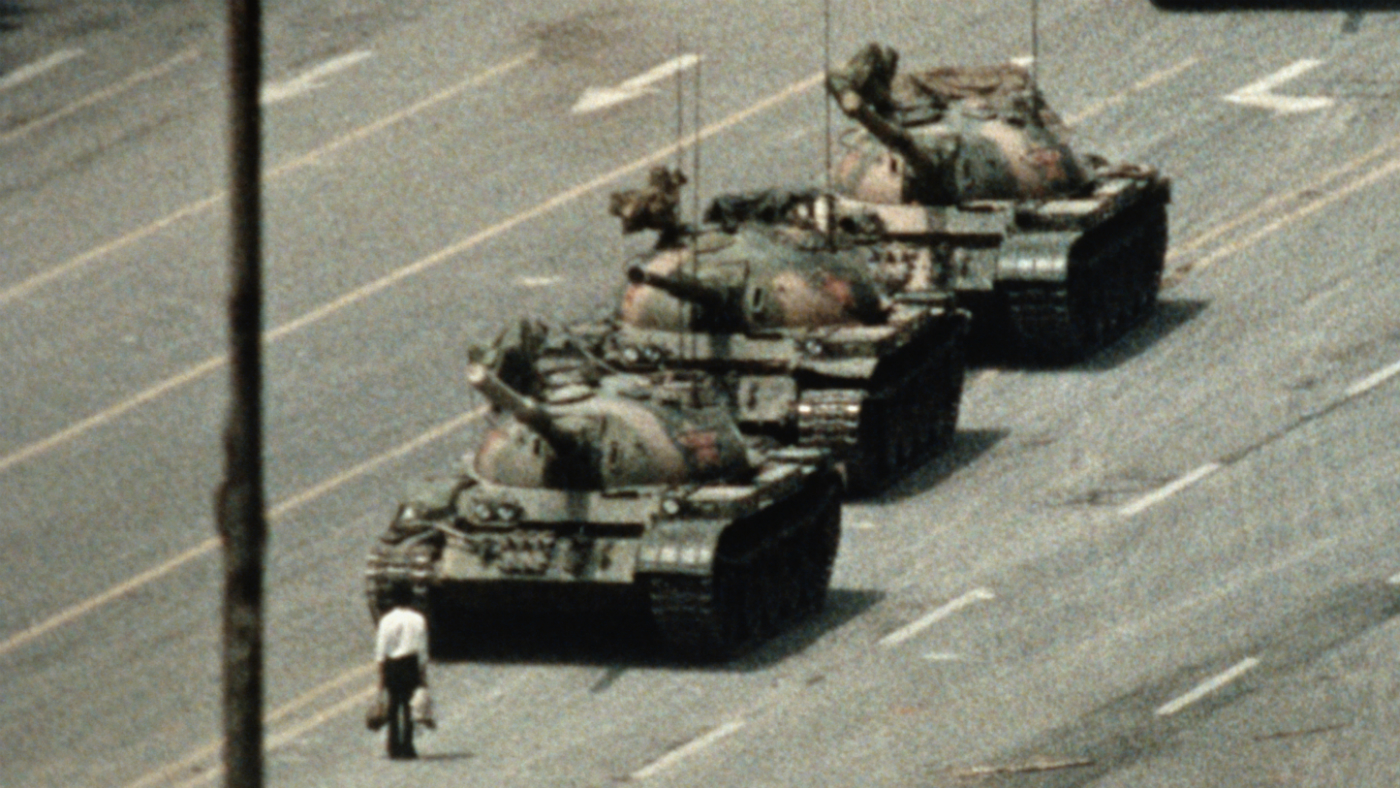Why has Hong Kong dropped its Tiananmen memorial?
Event pulled for first time in 30 years over fears it breaches national security law

Hong Kong’s memorial to the victims of the Tiananmen Square massacre has been cancelled for the first time in over three decades due to its strict national security law.
The territory’s Catholic diocese announced this week that it would not be able to hold a memorial mass to pray for “the hundreds, if not thousands, of victims of the deadly suppression of democracy protesters in Beijing in 1989”, The Times reported.
Citing fears that it would contravene the law imposed two years ago, it “instead encouraged the faithful to pray in private or in small groups”, the paper added.
The Week
Escape your echo chamber. Get the facts behind the news, plus analysis from multiple perspectives.

Sign up for The Week's Free Newsletters
From our morning news briefing to a weekly Good News Newsletter, get the best of The Week delivered directly to your inbox.
From our morning news briefing to a weekly Good News Newsletter, get the best of The Week delivered directly to your inbox.
What happened at Tiananmen Square?
The memorial is held in memory of those who died during student-led protests that took place in numerous cities across the People’s Republic of China in the spring of 1989. Sparked by a cocktail of corruption, government nepotism and economic woes, it culminated in the massacre of civilians in Beijing’s Tiananmen Square on 4 June.
On 15 April 1989, former Communist Party leader Hu Yaobang died suddenly. A controversial figure, he had been forced to resign in 1987 after making a number of high-profile enemies within the Chinese Communist Party.
His death was a “great loss” for China’s liberals, according to The Atlantic, sparking the student protests that led to thousands of civilians eventually occupying Tiananmen Square, refusing to move until their demands for democratic reform were met.
“As the days passed, millions of people from all walks of life joined in, angered by widespread corruption and calling for democracy,” the BBC added.
A free daily email with the biggest news stories of the day – and the best features from TheWeek.com
Following a series of failed attempts to clear the square, on the night of 3 June, tanks and heavily armed troops advanced towards the protesters, “indiscriminately opening fire on or crushing those who again tried to block their way”, said Encyclopaedia Britannica.
By the following day, the army had secured complete control.
The death toll of the massacre remains a point of contention. The Chinese government figure is 241 dead, including soldiers, and a further 7,000 injured, but independent analysts have suggested that the death toll may have reached upwards of 10,000.
The enduring image of the event is that of an unidentified man crossing the street the days after the massacre, preventing a column of tanks from advancing.
The moment was caught on film by photographer Jeff Widener, and the man in the photo has since become known as Tank Man – a symbol of “individualistic defiance against repression”, The Japan Times said.
How is it marked in China?
Since 1989, Chinese authorities have tried to suppress any discussion of the protests. Instead what happened in Tiananmen Square is marked each year in China “by a massive, national act of what might more properly be called ‘forgettance’”, the BBC said.
In the weeks running up to 4 June, “the world’s biggest censorship machine goes into overdrive”, the broadcaster continued, “as a huge dragnet of automated algorithms and tens of thousands of human expurgators cleanse the internet of any reference”.
“Those deemed to have been too provocative in their attempts to evade the controls can be jailed – with sentences of up to three and a half years recently handed down to a group of men who had tried to commemorate the anniversary with a product label.”
How is it remembered in Hong Kong?
Traditionally there is an “organised memorial” in Hong Kong, The Washington Post said, “the last place on Chinese territory where any kind of commemoration was possible”.
But this year the territory’s Catholic diocese has been forced to cancel its event, “reflecting how the churches, along with the rest of civil society, have been pushed into censoring themselves”.
The move comes after “the candlelight vigil that once featured thousands marking the anniversary at an outdoor park was banned in 2020 and 2021”, the paper added.
Memorials to the events in Tiananmen Square have long been considered a “litmus test of Hong Kong’s freedoms”, The Times said. But after the passing of the national security laws, “the collective memory in the territory of Tiananmen has come under attack”.
Fears had grown that events would be threatened after authorities dismantled and removed the Pillar of Shame from the campus of the University of Hong Kong.
The sculpture, by Danish artist Jens Galschiøt, depicted “50 torn and twisted bodies”, the paper added, and included the inscription: “The old cannot kill the young forever.” It stood on the university campus for 24 years and was often used as “a rallying point for public commemorations”.



